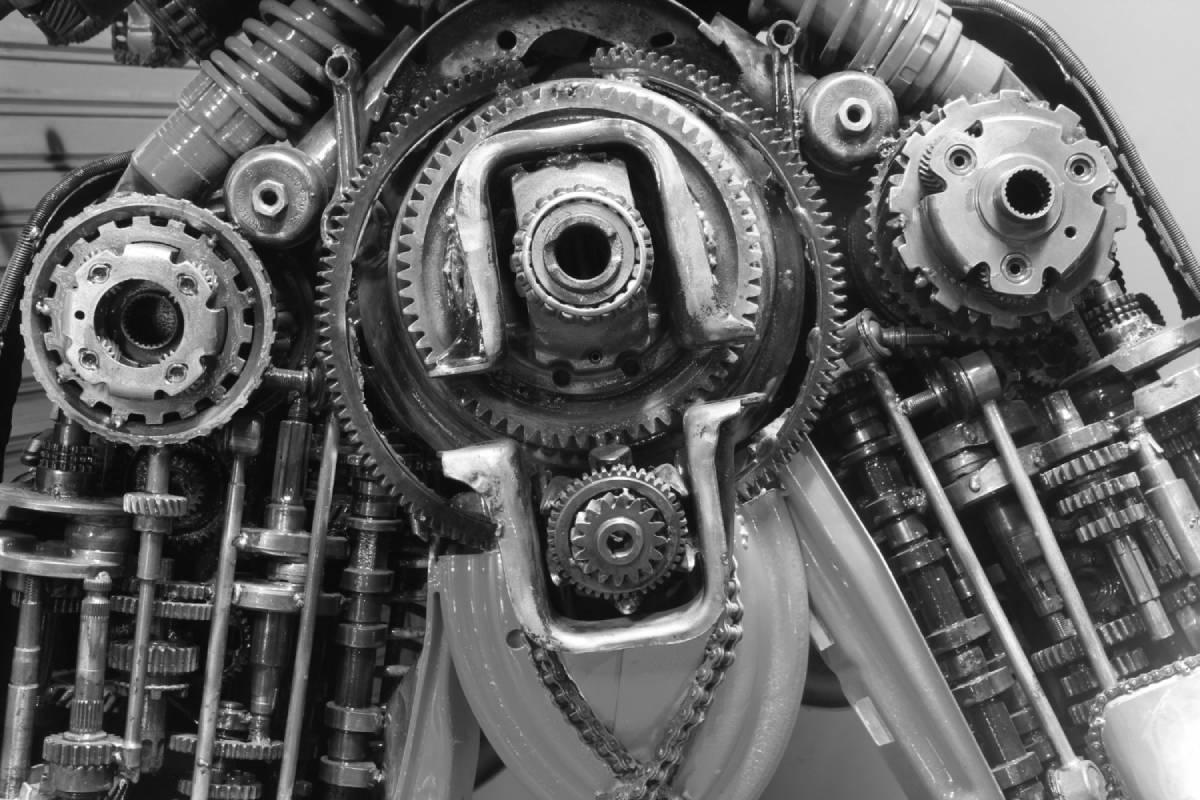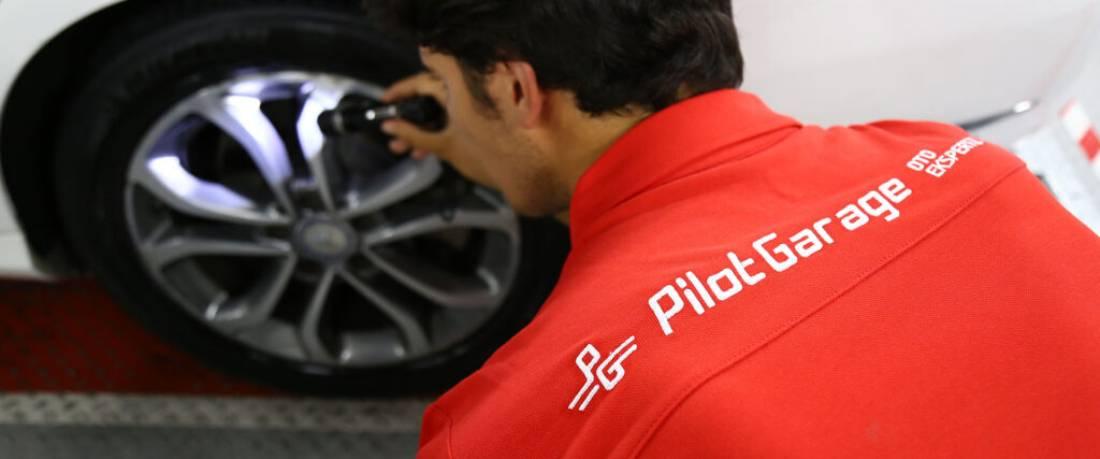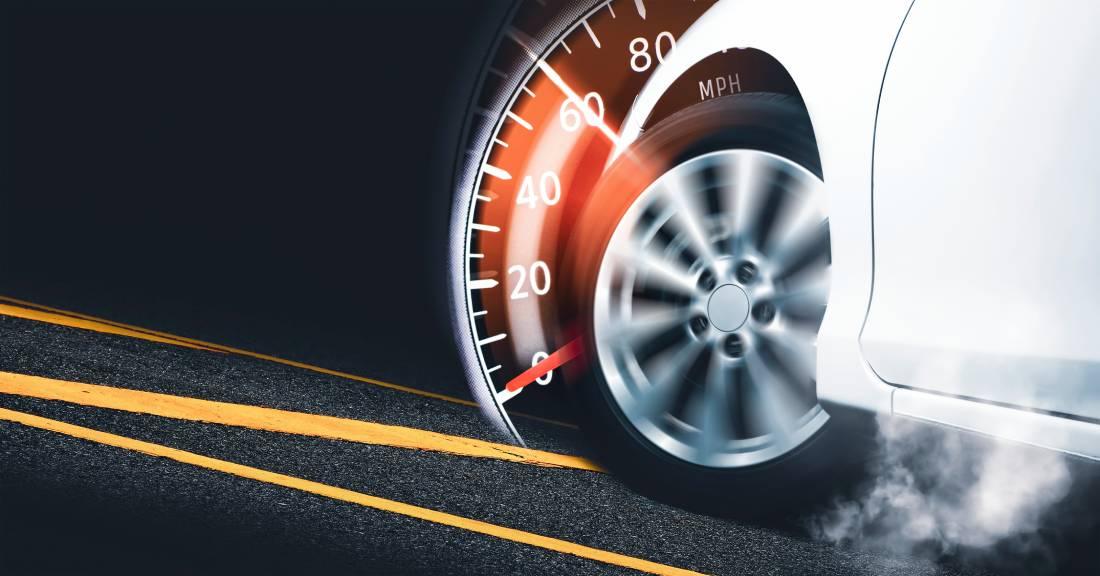
- What is a CVT Transmission?
- What Does a CVT Transmission Do?
- CVT Transmission Features
- How Does a CVT Transmission Work?
- The History of CVT Transmission and When Was It Introduced?
- Advantages of CVT Transmission
- Continuous Power Transmission
- Better Fuel Efficiency
- Fewer Moving Parts
- Low Maintenance Costs
- Disadvantages of CVT Transmission
- Noisy Operation
- Decreased Driving Sensation
- Which Vehicles Have CVT Transmission?
- CVT Transmission Maintenance
- CVT Transmission Check in Second Hand Vehicles
- Frequently Asked Questions About CVT Transmission
- How Long is CVT Transmission Life?
- Which Vehicles Have CVT Transmission?
- Can You Buy a CVT Transmission?
- When to Change CVT Transmission Fluid?
- In Which Years Are CVT Transmission Problems Problematic?
- How Many Km Is Cvt Transmission Life?
- Is Cvt Transmission Automatic?
- Cvt or DSG Transmission?
- What is Cvt Transmission in Scooters?
CVT transmission is a type of automatic transmission that stands for continuously variable transmission system. This transmission has a structure that can continuously adjust the gear ratios while transferring engine power to the wheels. Unlike conventional transmissions, it does not have specific gear ratios and thus offers a smoother driving experience. The working principle of the CVT transmission is based on elements such as belt and washer systems. This article will discuss what a CVT transmission is, how it works and its advantages.
What is a CVT Transmission?
CVT transmission is a type of automatic transmission used in automobiles and other motorized vehicles. Working with a continuously variable gear system, this system transfers the power of the engine to the wheels. It has the capacity to adjust gear ratios instantaneously. Thus, it offers the driver a better driving experience. CVT transmission is generally preferred for its better fuel efficiency and smooth acceleration. This transmission, which can be used in different vehicle types, is supported by advanced technologies.
What Does a CVT Transmission Do?
The CVT transmission is designed to increase the performance of vehicles and improve the driving experience. It allows the vehicle to move by transferring engine power to the wheels and realizes optimum power transfer by adjusting gear ratios in acceleration and braking situations. This transmission offers ease of use as it operates automatically without the need for driver intervention. In addition, thanks to its continuously variable gear structure, it increases fuel efficiency by helping the engine to operate in the ideal speed range.
CVT Transmission Features
The CVT transmission has several important features. Firstly, it provides a smooth power transmission thanks to its continuously variable gear structure. Secondly, it improves engine efficiency by enabling operation over a wider rev range. In addition, it helps to reduce the overall weight of vehicles, as it is generally lightweight and compact. Finally, this transmission is designed to improve driving comfort, offering a smooth acceleration experience even at low speeds.
How Does a CVT Transmission Work?
The CVT transmission consists of various components to transfer engine power to the wheels. It starts with a system consisting of two conical rollers and a belt placed between them. When the engine starts, power is transferred to the rollers and the belt adjusts the gear ratio by changing the position of the gears. In this way, the transmission of power is continuously optimized. The driver gets a smooth driving experience without feeling any gear changes. Thus, CVT transmission both minimizes power loss and provides an efficient drive.
The History of CVT Transmission and When Was It Introduced?
The history of CVT transmission dates back to the late 19th century. The first continuously variable transmission designs appeared in the 1860s. However, CVT transmissions in the modern sense started to find a place in the automotive industry in the 1950s. At that time, these systems were mostly used in motorcycles and light vehicles, but over time they became widespread in automobiles. Today, CVT transmissions, which have become standard in more vehicles with the advancement of technology, have become an important component that increases driving comfort and efficiency.
Advantages of CVT Transmission
CVT transmission has many advantages. Firstly, it smoothens the driving experience thanks to its continuously variable gear structure. Secondly, it reduces costs by providing better fuel efficiency. Also, the fact that there are fewer moving parts increases the reliability of the transmission and reduces the need for maintenance. All these features show why CVT transmissions are so widely used in modern cars.
Continuous Power Transmission
One of the most important features of the CVT transmission is that it provides continuous power transmission. This ensures uninterrupted transmission of the engine's power to the wheels. Since the gear ratios are adjusted instantaneously, gain changes during acceleration or deceleration ensure optimal power flow. This provides a more dynamic driving experience and facilitates the driver's control of the vehicle. As a result, vehicles equipped with CVT transmission have a more responsive performance.
Better Fuel Efficiency
CVT transmissions provide better fuel efficiency by helping to keep the engine in its most efficient operating speed range. The constant change of gear ratios allows the most appropriate adjustments to be made according to the engine load. This avoids unnecessary power loss and minimizes fuel consumption. As a result, vehicles equipped with a CVT transmission offer a more economical drive than conventional transmissions.
Fewer Moving Parts
The CVT transmission is characterized by fewer moving parts than conventional transmissions. This makes the system simpler and more engineering robust. Fewer parts also reduce the risk of mechanical failure. As a result, this feature increases the overall reliability of the transmission, while at the same time reducing production and maintenance costs.
Low Maintenance Costs
The structure of the CVT transmission allows for low maintenance costs. Fewer moving parts and a simple mechanism minimize the need for regular maintenance. This saves users time and money. Furthermore, the use of high-quality materials increases cost-effectiveness by extending the life of the transmission. Therefore, CVT transmissions stand out as both a user-friendly and economical option.
Disadvantages of CVT Transmission
CVT transmission also has some disadvantages. These disadvantages are due to the design of the transmission and its operating principles. For example, some users may find the noisy working environment of the CVT transmission annoying. Also, due to the continuously variable gear system, there may be a reduction in driving feel. This can be a disadvantage, especially for users of sports cars. Nevertheless, these disadvantages are tolerable given the overall advantages of the transmission.
Noisy Operation
Some models of CVT transmissions are known for their noisy operation. This is particularly noticeable in systems where low-quality materials are used. The noise created by the engine and transmission together can make for an uncomfortable driving experience. Users may find this noise annoying and prefer quieter alternatives.
Decreased Driving Sensation
The continuously variable gear system can cause a reduced driving feel for some drivers. While conventional transmissions offer a distinct driving experience with gear changes, the CVT transmission can reduce this sensation. Especially performance-oriented vehicle users may feel uncomfortable with this situation. Because driving feel is an important factor that directly affects the control and responsiveness of the vehicle.
Which Vehicles Have CVT Transmission?
CVT transmission is used in a wide range of different vehicles. This transmission is particularly common in cars designed for urban use. It is also frequently preferred in hybrid and electric vehicles. Motorcycles and two-wheeled vehicles such as scooters are other types of vehicles where the CVT transmission is found. In conclusion, the CVT transmission is an important component that improves performance in a variety of vehicles.
CVT Transmission Maintenance
Maintenance of the CVT transmission is vital to maintain its performance and extend its life. Maintenance should be carried out at regular intervals depending on the condition of the transmission components. During this process, the transmission fluid should be checked and replaced when necessary. It is also recommended to consult a specialized service center if any abnormality is felt in the operation of the transmission. With regular maintenance, the performance of the CVT transmission can be maximized and possible malfunctions can be prevented.
CVT Transmission Check in Second Hand Vehicles
The condition of the CVT transmission is an important point to pay attention to when buying a used car. Before buying a vehicle, it should be checked whether the transmission is working properly. To do this, it should be observed whether the transmission is smooth in the transition nodes and whether it makes any noise. Also, checking the transmission oil and maintenance records provides information about the maintenance history of the transmission. When buying a used car, checking the CVT transmission is critical in terms of both safety and cost.
Frequently Asked Questions About CVT Transmission
Frequently asked questions about the CVT transmission increase the awareness of this system. Users want to learn about the life, maintenance and performance of the transmission. In this section, answers to questions about CVT transmission will be given. For example, questions such as when the CVT transmission needs an oil change and which vehicles it is found in are important for users. These frequently asked questions provide a better understanding of the advantages and disadvantages of the transmission.
How Long is CVT Transmission Life?
The lifespan of CVT transmissions varies depending on the conditions of use and regular maintenance. In general, CVT transmissions can last between 100,000 and 150,000 kilometers. However, this period may be longer or shorter depending on the type of vehicle, driving habits and maintenance conditions. Regular maintenance and the use of quality parts play an important role in extending the life of the transmission.
Which Vehicles Have CVT Transmission?
CVT transmission is a system that has a wide range of vehicles. This transmission is especially preferred in city cars, hybrid and electric vehicles. It is also found in two-wheeled vehicles such as motorcycles and scooters. Available in different brands and models, CVT transmission improves the performance of vehicles by increasing driving comfort.
Can You Buy a CVT Transmission?
Buying a CVT transmission can be a good choice to improve the performance of your vehicle. This transmission is known for its smooth acceleration and good fuel efficiency. However, you should consider factors such as the quality of the transmission, the overall condition of the vehicle and the price when making your purchase decision. Also, a good understanding of the advantages and disadvantages of the CVT transmission will help you make an informed choice.
When to Change CVT Transmission Fluid?
CVT transmission fluid is an important component that requires regular maintenance. In general, it is recommended to change the transmission fluid between 30,000 and 60,000 kilometers. However, this period may vary depending on the conditions of use and the condition of the transmission. Changing the oil extends the life of the transmission and maintains its performance. Therefore, it is important to follow the oil change times.
In Which Years Are CVT Transmission Problems Problematic?
CVT transmissions could have problems in some models, especially in the early 2000s. Some transmissions produced during this period were associated with problems such as durability issues and wear. However, as technology has improved and production standards have risen, these problems have been minimized. CVT transmissions produced today are more reliable and durable. Nevertheless, it is important to pay attention to these problems in second-hand vehicles.
How Many Km Is Cvt Transmission Life?
The life of CVT transmissions varies between 100,000 and 150,000 kilometers. However, this may vary depending on the maintenance of the vehicle, usage conditions and driving style. Regular maintenance and the use of quality materials prolong the life of the transmission and improve its performance. Therefore, it is important to pay attention to transmission life and intervene when necessary.
Is Cvt Transmission Automatic?
Yes, CVT transmission is a type of automatic transmission. This transmission automatically adjusts engine power and provides power transmission without the need for driver intervention. Therefore, it allows drivers to exert less effort and makes the driving experience easier. The CVT transmission is one of the smoothest and most efficient among automatic transmissions.
Cvt or DSG Transmission?
Choosing between CVT transmission and DSG transmission can affect the driving dynamics of the vehicle. The CVT transmission offers a smoother driving experience with its continuously variable gear system, while the DSG transmission provides a sporty feel with faster gear changes. Both transmissions are automatic systems; however, the CVT has a more fluid structure, while the DSG transmission can give a greater sense of control. When making your choice, you should consider the intended use of the vehicle.
What is Cvt Transmission in Scooters?
CVT transmission is the most commonly used transmission type in scooters. This system is designed to transfer the power of the scooter's engine to the rear wheel. CVT transmission facilitates the acceleration of scooters and offers a smooth driving experience. Thanks to its continuously variable gear structure, it ensures that the engine stays in the speed range where it works most efficiently. This increases fuel efficiency and supports driving comfort in a healthy way.




